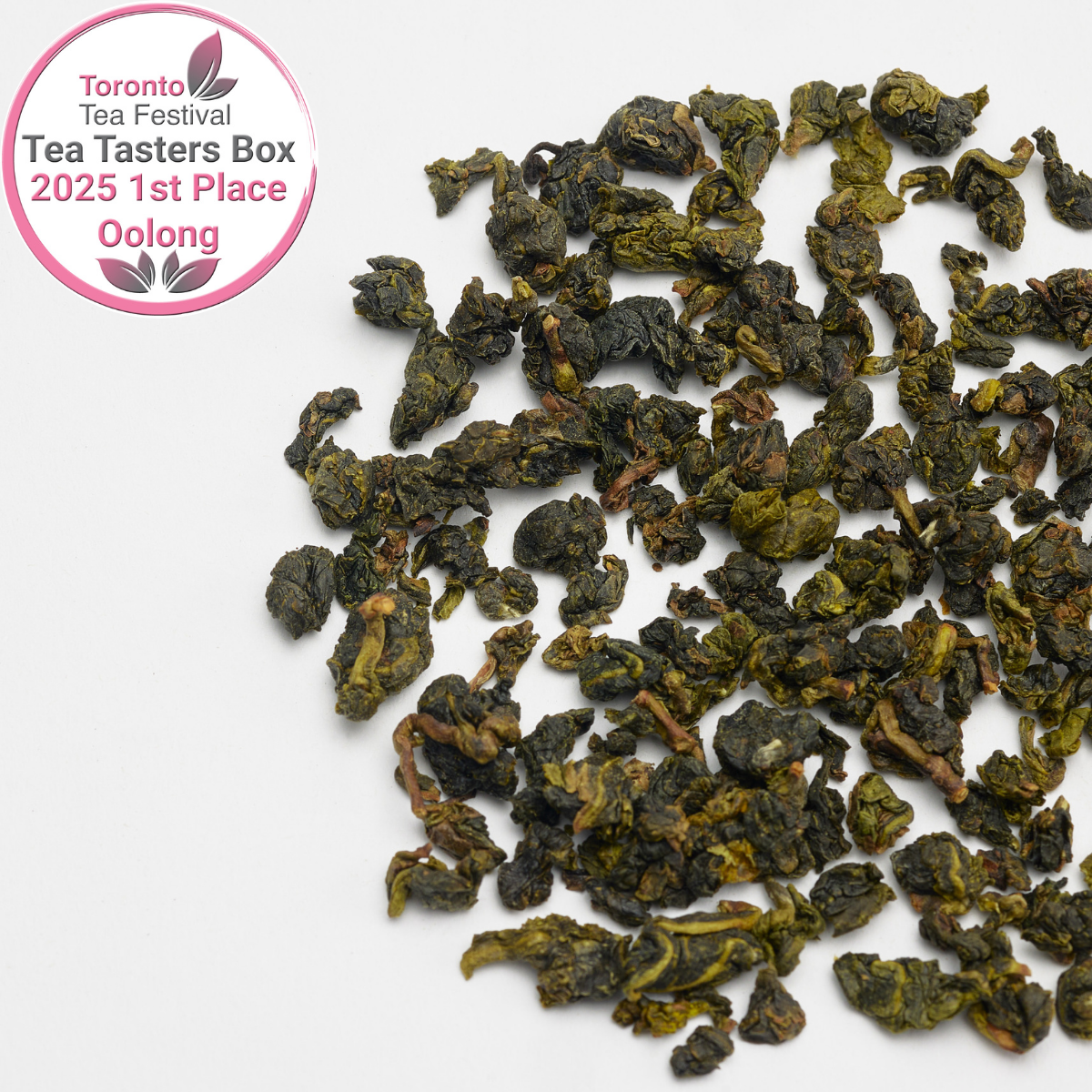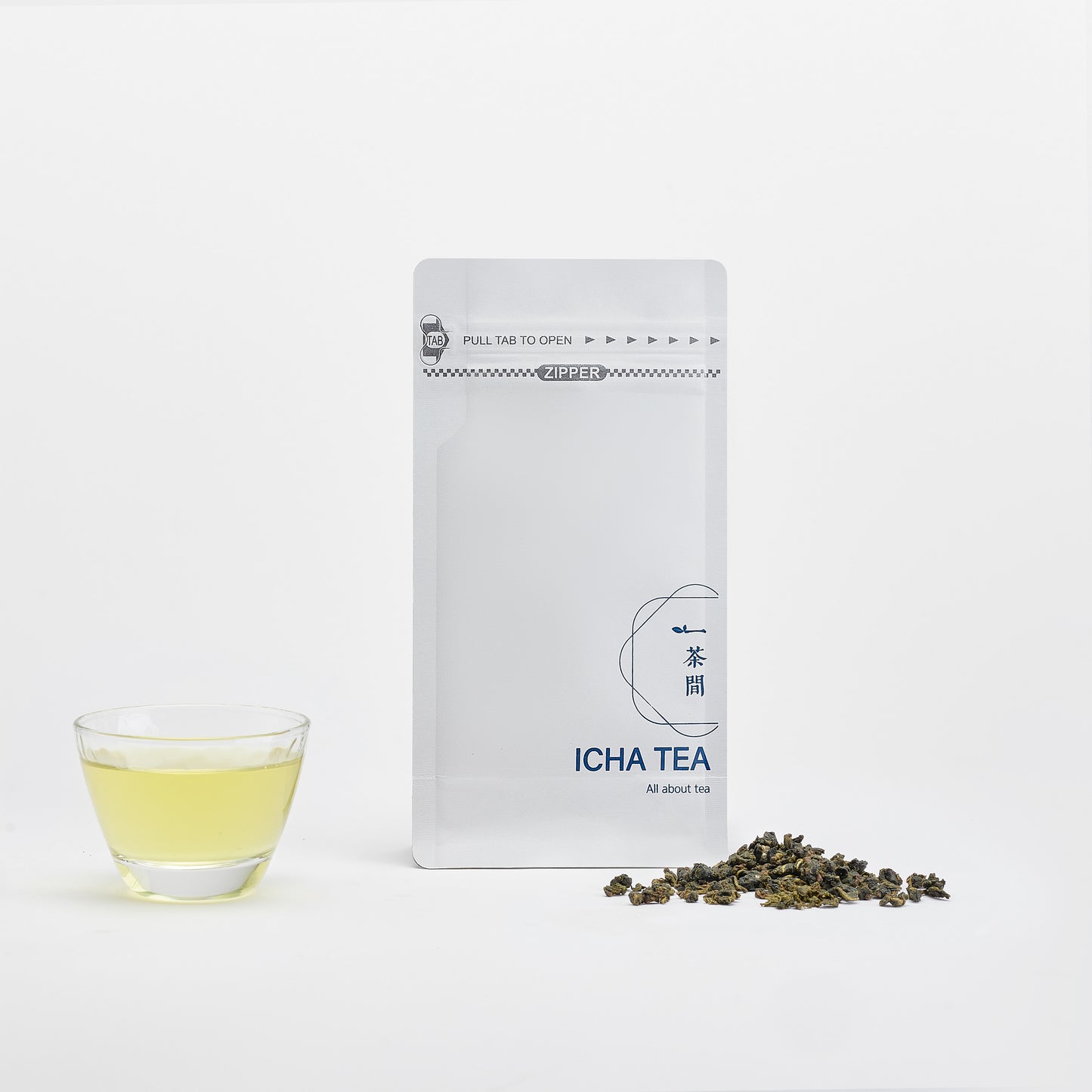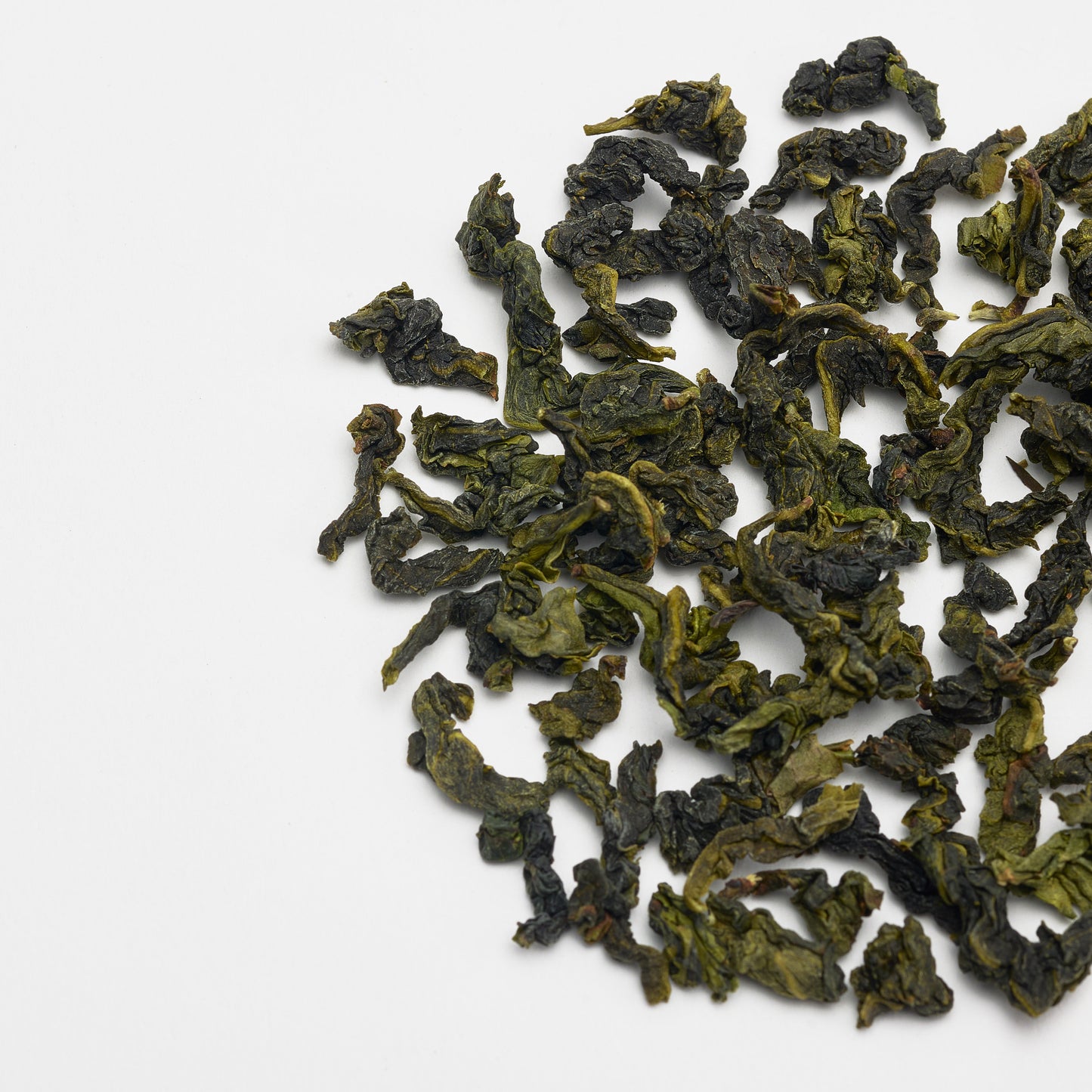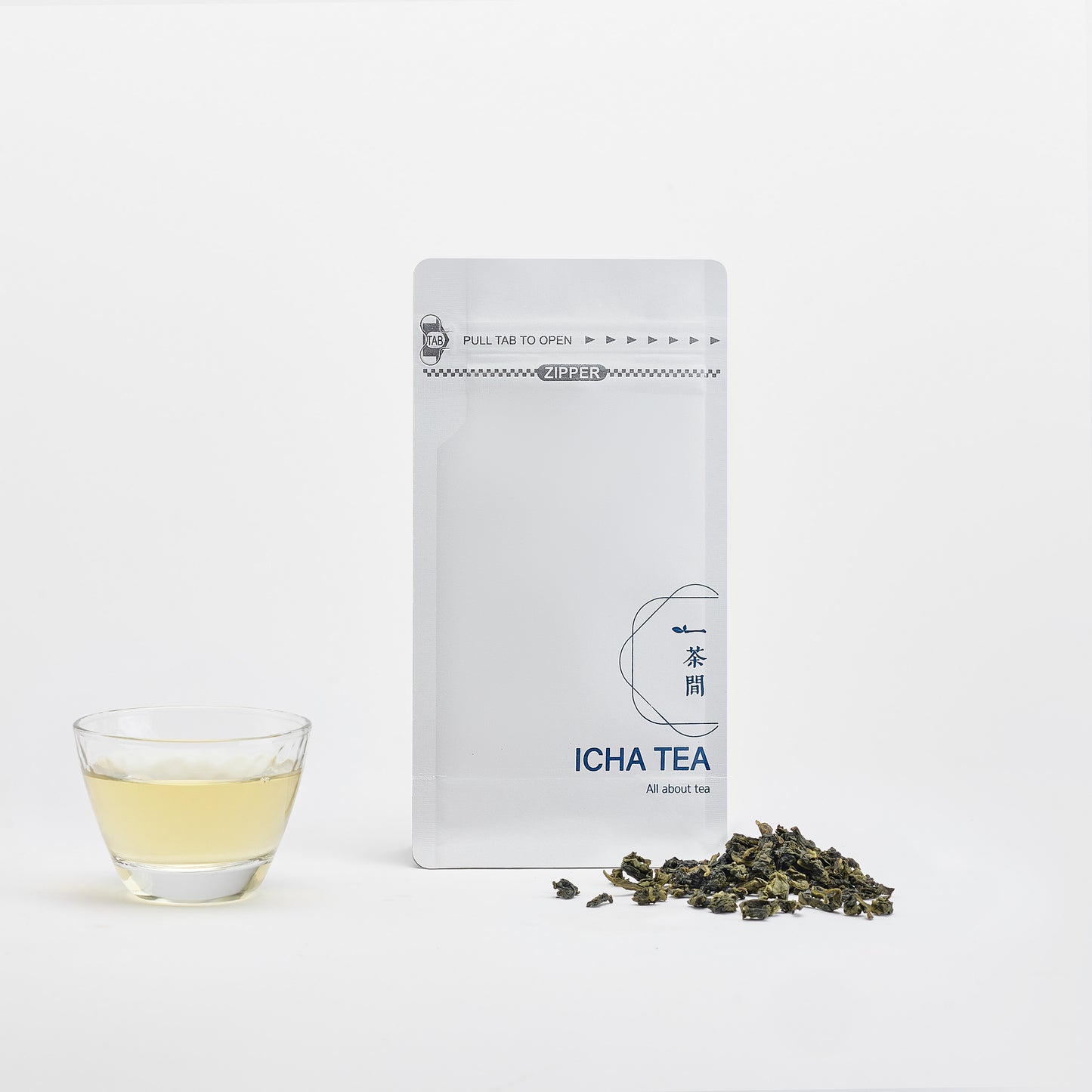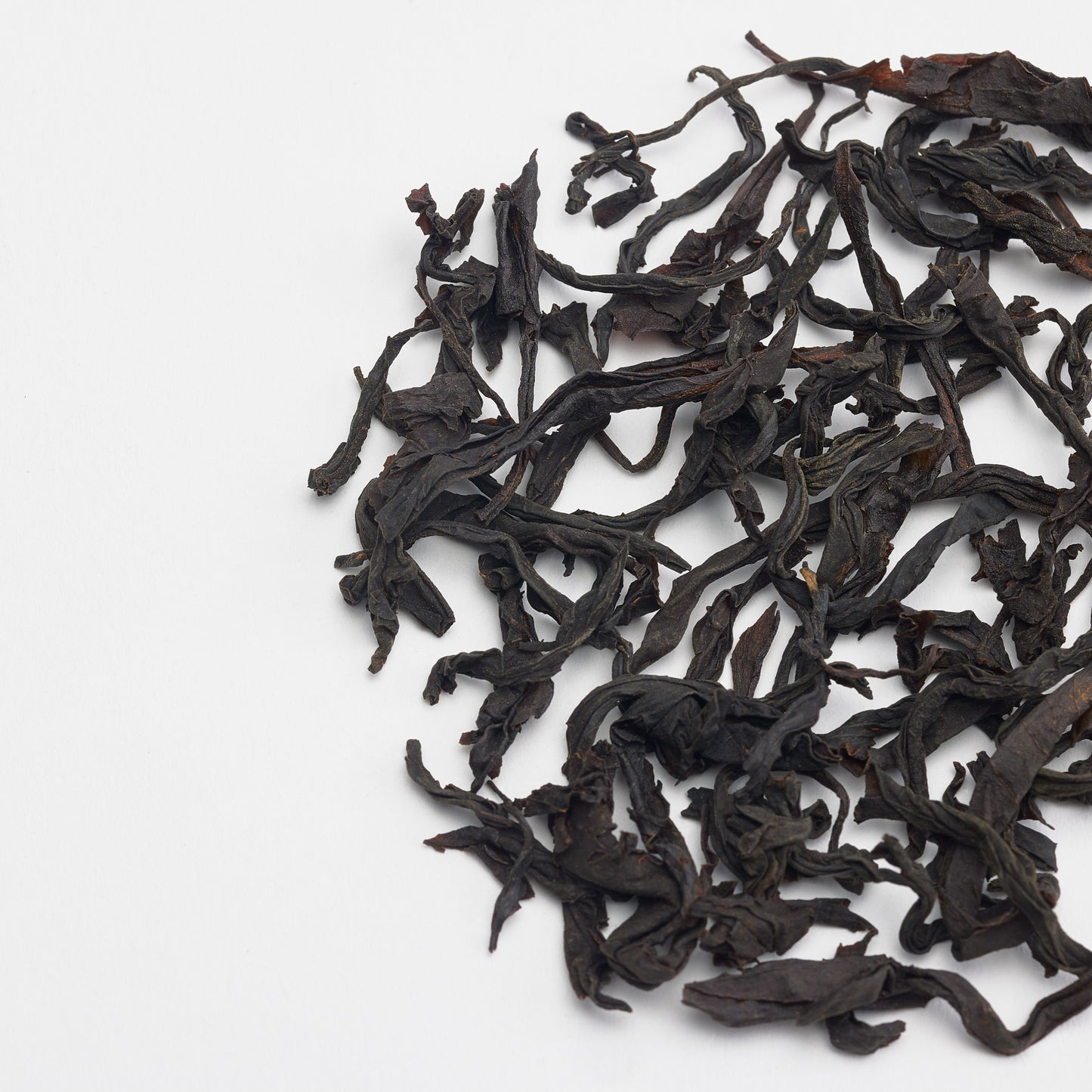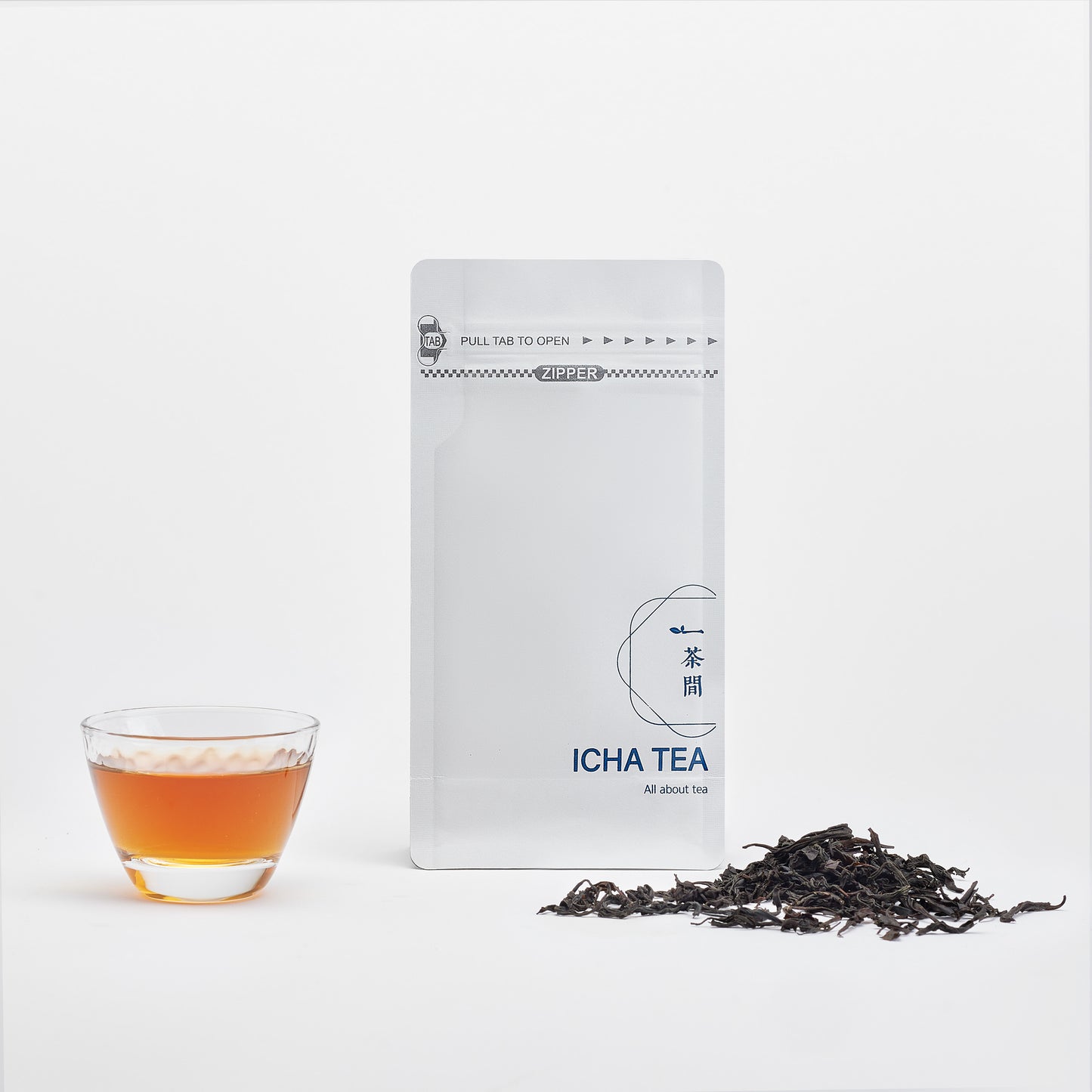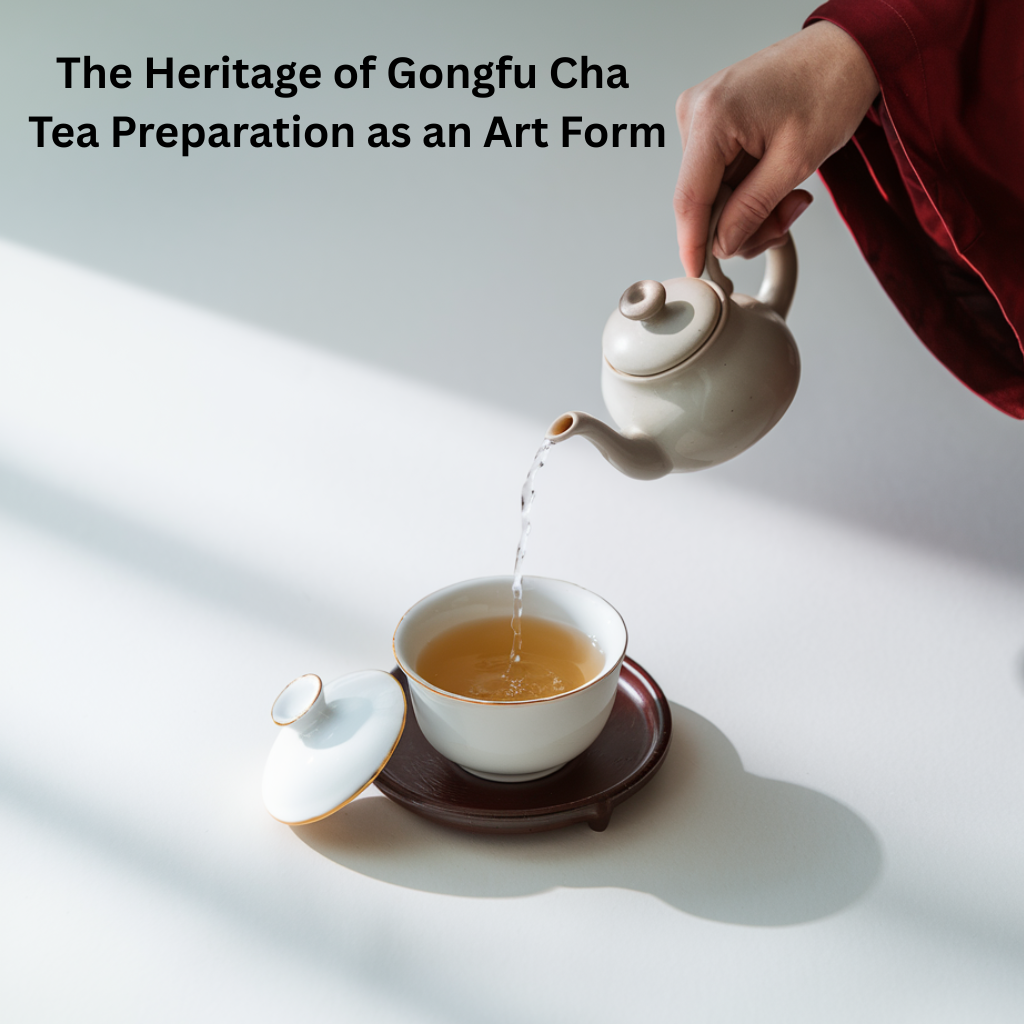
Origins and Evolution of the Chinese Tea Ceremony
When we sip tea prepared through the meticulous process known as Gongfu Cha, we're participating in a tradition that stretches back through centuries of Chinese cultural history. This elaborate approach to tea preparation transcends mere beverage-making. It embodies artistic expression, social connection, and mindful appreciation.
The term "Gongfu" (功夫 or 工夫) itself provides insight into the ceremony's essence. While many Westerners associate this word exclusively with martial arts, its literal translation encompasses "skill," "effort," "art," and "time." Thus, Gongfu Cha simply means "preparing tea with great skill". We think this is a fitting description for a practice that elevates tea brewing to an art form.
Historians continue to debate the precise beginnings of Gongfu tea. Some scholarly research places its emergence in the 18th century in Fujian's Wuyi mountains, a region renowned for its oolong teas. However, more widely accepted theories trace its roots to the Song dynasty (960-1279) in the Chaoshan region, with significant development and spread throughout China during the Ming dynasty (1368-1644).

The geographical origins offer fascinating context for understanding how this ceremony developed. The Chaoshan area, comprising the cities of Chaozhou and Shantou in eastern Guangdong province, borders Fujian. Fujian is one of China's premier tea-producing regions and the birthplace of oolong tea. As a coastal region, Chaoshan benefited from the exchange of ideas and comparative prosperity brought by maritime trade routes. This unique combination of factors: proximity to exceptional tea, relative wealth, and exposure to diverse cultural influences created fertile ground for the development of a sophisticated tea culture.
The Philosophy Behind the Brewing Method
At its core, Gongfu tea embodies several fundamental principles that distinguish it from casual tea preparation. Beyond the visible ritual elements lies a distinctive brewing approach characterized by:
- High leaf-to-water ratio
- Small brewing vessels
- Brief infusion times
- Multiple steepings of the same leaves
This method reveals the tea's complete character through a progression of infusions, each extracting different compounds from the leaves. Early infusions might highlight delicate floral notes, while later steepings may reveal deeper, more robust flavors. The approach transforms tea drinking from a single experience into a journey through the tea's evolving personality.
While theoretically any tea variety can be prepared using Gongfu methods, certain types particularly shine with this approach. Oolong teas or wulong teas, with their complex oxidation levels and nuanced flavour profiles are traditional favourites. Black teas and fermented pu erh varieties also respond beautifully to Gongfu brewing. Green, white, and yellow teas tend to be less suitable, as repeated exposure to hot water often quickly extracts bitter and astringent compounds from these delicate leaves.
(You might be interested in this article about the Art & Science of Oolong Tea)
Regional Variations and Cultural Adaptations
Like many cultural traditions that spread across vast geographical areas, Gongfu tea has evolved into distinct regional expressions while maintaining its essential character. These variations reflect both practical adaptations and artistic innovations.
Chaoshan Brewing Techniques
Even within the ceremony's birthplace, practitioners distinguish between "wet" and "dry" brewing approaches. Wet brewing involves pouring hot water over the exterior of teaware to maintain consistent temperature. This is a practice that enhances extraction and influences the resulting infusion. Dry brewing omits this step and often incorporates fanning of the teapot after preheating, allowing it to cool slightly before adding tea leaves.
Sichuan's Performance Art Approach
In Sichuan province, Gongfu tea takes on elements of performance art. Practitioners use distinctive copper teapots with extraordinarily long spouts, incorporating martial arts movements and impressive balancing techniques while serving. Mastering this style requires years of dedicated training, blending tea preparation with physical discipline and artistic expression.
Taiwanese Olfactory Innovation
Taiwan's contribution to Gongfu tradition includes the introduction of "aroma cups" (聞香杯, wén xiāng bēi). These tall, narrow vessels aren't used for drinking but rather for appreciating the tea's aroma. Their shape concentrates volatile compounds, creating an intensified olfactory experience that complements the tasting process. This innovation demonstrates how the ceremony continues to evolve while honouring its fundamental principles.
Japanese Adaptation
Cultural exchange carried Gongfu brewing techniques to Japan during the Edo period in the late 17th century, introduced by Chinese merchants visiting Nagasaki. This influence contributed to the development of Senchadō, a Japanese ceremony specifically focused on loose-leaf green teas rather than the powdered matcha used in traditional Japanese tea ceremony. This cross-cultural adaptation illustrates how the core principles of Gongfu tea transcended national boundaries while adapting to local preferences.

The Social Dimension of Gongfu Tea
Beyond brewing techniques and equipment, Gongfu tea serves important social functions. The ceremony creates a hospitable environment where hosts demonstrate care for their guests through meticulous preparation and attentive service. The unhurried pace and meditative atmosphere foster meaningful conversation and contemplation.
In traditional settings, the careful arrangement of teaware displays the host's aesthetic sensibility. The tea master's movements. Pouring water, handling vessels, decanting infusions, it all becomes a form of artistic expression, with graceful precision developed through practice. This performance aspect adds visual beauty to complement the sensory experience of the tea itself.
The social context of Gongfu tea reflects broader Chinese cultural values: respect for tradition, appreciation of craftsmanship, mindfulness in everyday activities, and the importance of hospitality. The ceremony creates a temporary sanctuary from daily pressures—a space where relationships deepen through shared experience and conversation unfolds at a more thoughtful pace.
Contemporary Relevance and Practice
Today, Gongfu tea continues to evolve while maintaining its essential character. In modern China, Taiwan, and increasingly throughout the world, people practice variations of the ceremony adapted to contemporary life. Some practitioners focus on historical authenticity, while others embrace innovation while honoring core principles.
For beginners exploring Gongfu tea, comparing teas with contrasting characteristics offers an excellent entry point. Sampling distinctly different oolong varieties, we suggest perhaps a light, floral Tie Guan Yin alongside a creamy Jin Xuan. You will experience through multiple infusions how this brewing method illuminates each tea's unique attributes and evolution across steepings.
The enduring appeal of Gongfu tea lies in its ability to transform a daily activity into an occasion for mindfulness, aesthetic appreciation, and connection. In our hurried modern world, the ceremony offers a refreshing pause. Like an invitation to slow down, engage fully with the sensory experience, and create space for genuine presence with others.
Whether practiced with historical precision or adapted to contemporary contexts, Gongfu tea remains what it has always been: an art form that celebrates the remarkable complexity of tea through skillful preparation and appreciative enjoyment.
Stay tuned for the next article which will share a simple guide and tools for gongfu cha.
(Next suggested reading is Tea An Antidote to Overstimulation)

